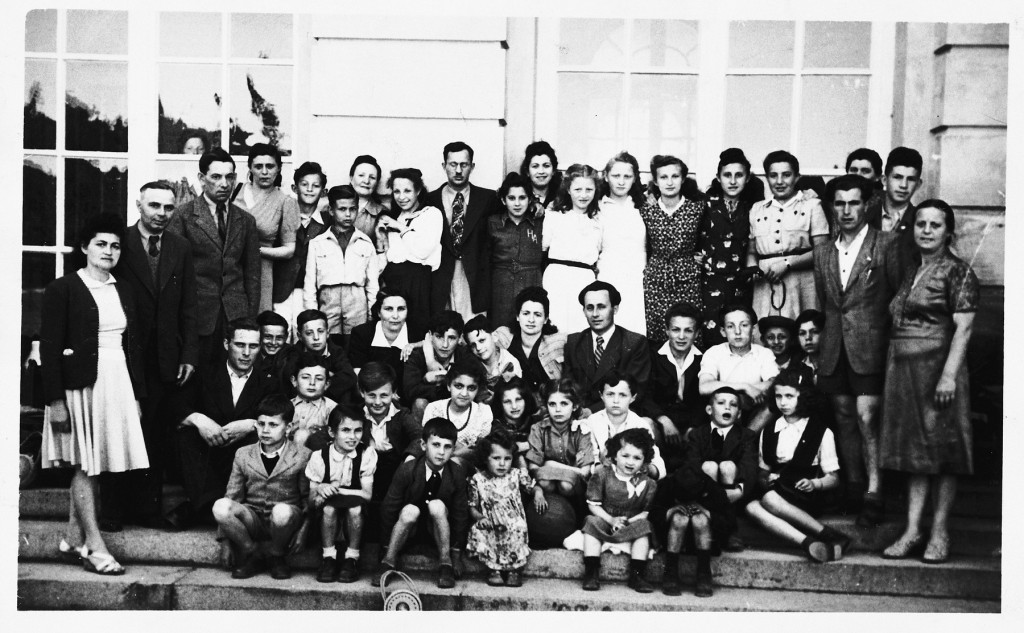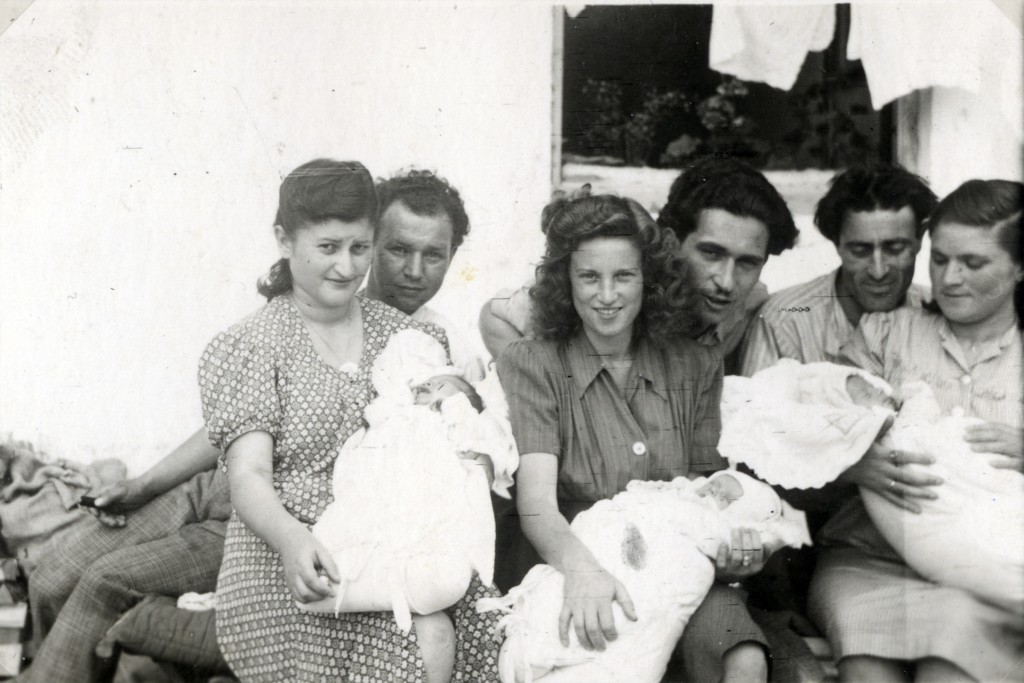
Gabersee Displaced Persons Camp
For the Jews who survived the Holocaust, the end of World War II brought new challenges. Many could not or would not return to their former homelands, and options for legal immigration were limited. In spite of these difficulties, these Jewish survivors sought to rebuild their shattered lives by creating flourishing communities in displaced persons camps in Germany, Austria, and Italy. In an unparalleled six-year period between 1945 and 1951, European Jewish life was reborn in camps such as Gabersee.
Gabersee was a displaced persons (DP) camp in the Munich district in Germany. It was located in the American zone of occupation near Wasserburg.

The DP camp opened on March 29, 1946, under the auspices of UNRRA (United Nations Relief and Rehabilitation Administration). The Jewish population averaged 1,750 people in the years 1946–1949.
Gabersee closed on June 30, 1950.
Critical Thinking Questions
- What challenges did survivors face in the DP camps?
- What challenges did the Allies face in establishing and supervising DP camps?
- What responsibilities do (or should) other nations have regarding refugees from war and genocide?

